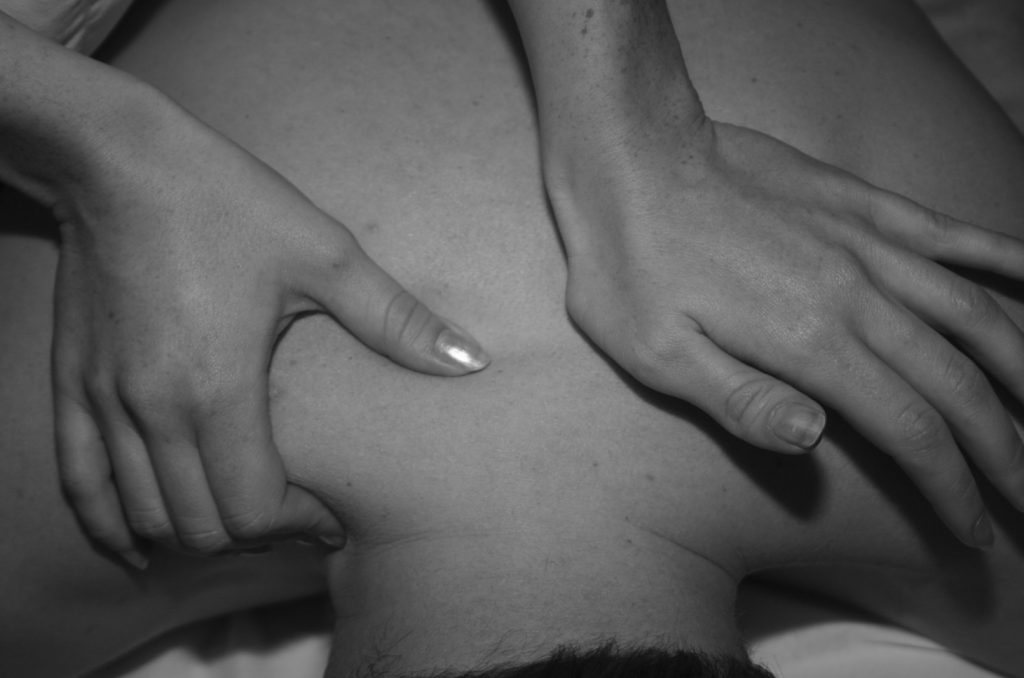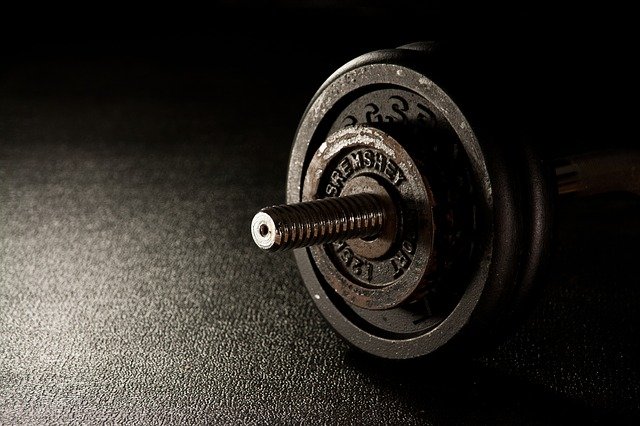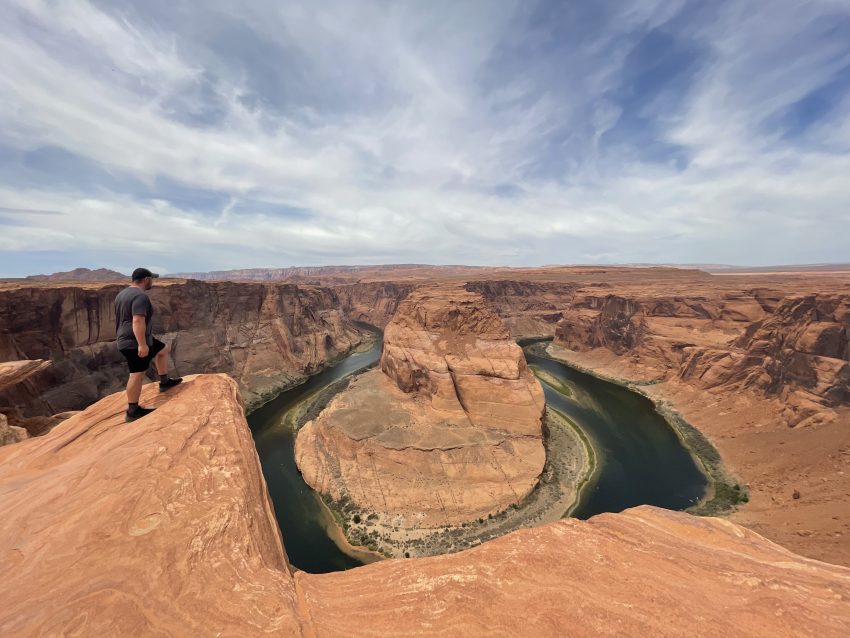Cramps, soreness, and other aches and pains can be some of the most disheartening parts of being an avid hiker or backpacker. Many feel that these physical ailments are just part of the game and that they’re unavoidable. However, with the right knowledge, preparation, and exercises, you can reduce the amount of pain you experience while out on the trail! In this article, we’ll take a look at the basics of backpacking cramps and soreness, how to keep them to a minimum, and how to deal with them if they still occur!
Recovery Methods
Different recovery methods work better than others, but it is generally accepted that walking or jogging on flat ground at a steady pace will help you recover faster. You can also try foam rolling, static stretching, massage therapy, or even Active Isolated Stretching to promote quick recovery. Before these therapies begin, it’s important to assess your body for muscle soreness and cramping to determine what type of care will be most effective.
Stretching – Static and Dynamic

The two stretches listed below are basic forms of stretching, but they can be effective. They both work by reducing muscle tension, which is one of the primary causes of cramping. Static stretching is one of many possible methods to help reduce leg cramps on long hikes. Dynamic stretching is a more intense form of stretching that involves moving your body through a full range of motion repeatedly. This type of stretch helps improve flexibility while warming up your muscles at the same time. It’s particularly useful before a workout or race, but it’s also good to do after hiking or backpacking if you feel sore or cramped in your legs or hips. Dynamic stretches should not cause pain—if they do, you should stop immediately and consult a doctor about any potential injuries. A few dynamic leg exercises include lunges, high knees (running in place), walking lunges (walking forward while lunging), lateral steps (side steps), skips (running in place) and jumping jacks.
Drinking Water

Drinking plenty of water is a must post-hike, as dehydration can lead to everything from muscle soreness to leg cramps. The rule of thumb is to drink 10 oz. every 20 minutes when you’re active; we recommend bringing at least 2 liters on long hikes, just in case your schedule or route takes longer than anticipated. If you’re prone to leg cramps, consider packing magnesium supplements—they work by relaxing muscles and helping them hold onto fluids better. (Bonus: Magnesium also helps regulate blood pressure.)
Compression
Using compression pants can reduce blood lactate which decreases post-exercise soreness. These are most useful when you’re hiking all day, or during a multi-day trip where muscle soreness can become a problem. There are many brands out there; just check that it says compression on them, since many manufacturers sell high performance athletic pants and socks which provide additional cushioning but don’t offer any additional benefits. Another option is compression calf sleeves. Wearing compression after a hike can help reduce pain as well.
Massage Therapy

A massage therapist can help rid your muscles of toxins, reducing soreness and speeding up muscle recovery. As an added bonus, a good massage can promote blood flow, relax tense muscles, and relieve stress—which is why more people are turning to it as an alternative treatment to over-the-counter medicine. But not all massages are created equal. Book an appointment at a reputable massage parlor if you want to see real results.
Exercicing

It’s really important to make sure you stretch your muscles properly. No matter how good your preparation is, it’s all going to be useless if you don’t exercise regularly in order to keep yourself in shape. Exercising won’t only increase your stamina—which is invaluable when you need it most during those long backpacking trips—but it will also help prevent muscle soreness. If you have access to a gym or some other form of equipment, use it! But even simple things like jogging, doing situps or pushups or weightlifting can go a long way towards preventing post-hike cramps and soreness.
The best way to deal with soreness from backpacking is a combination of knowledge, time, and medicine. Start by doing some reading on your post-hike routine (there are plenty of great resources out there). Then plan accordingly. And remember to ask any questions you have along the way! Be sure to let me know what you’re most interested in learning about via my contact page—I’d love to help you discover your next adventure!
